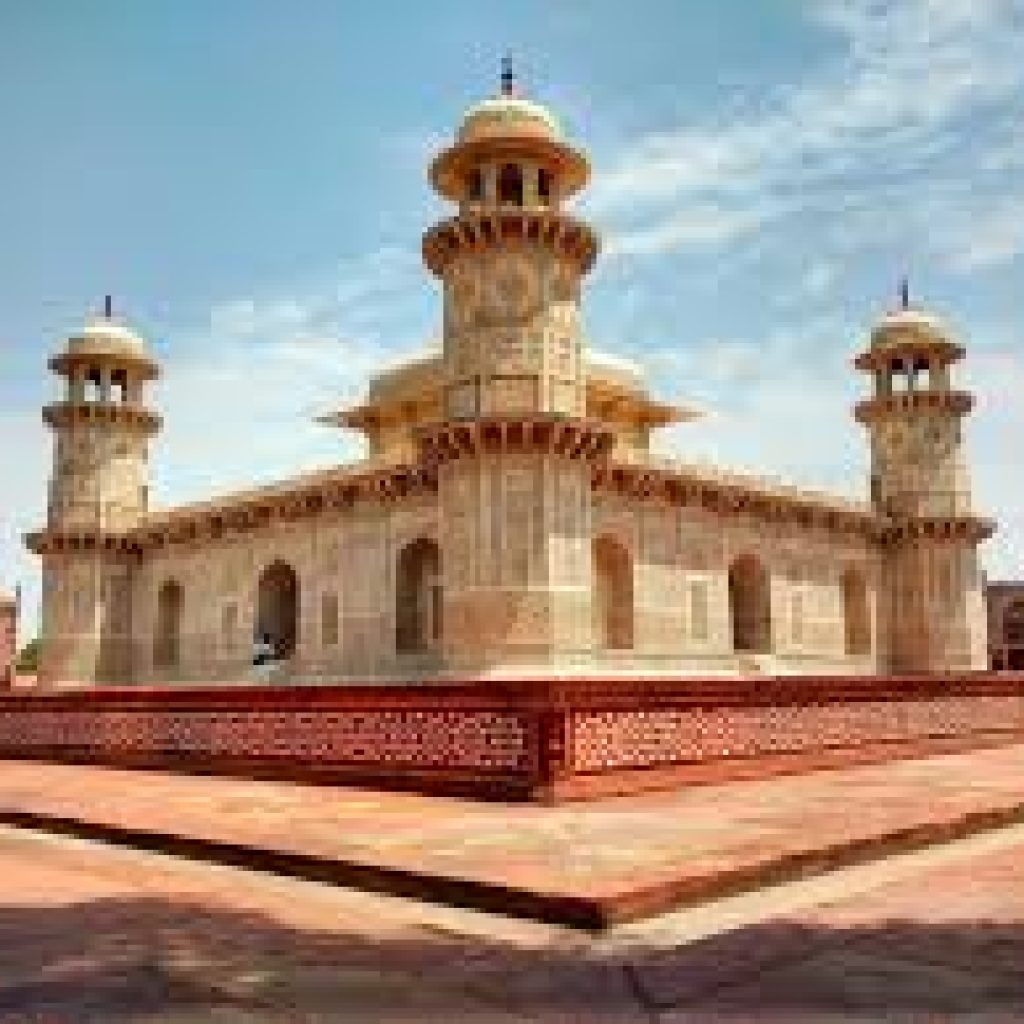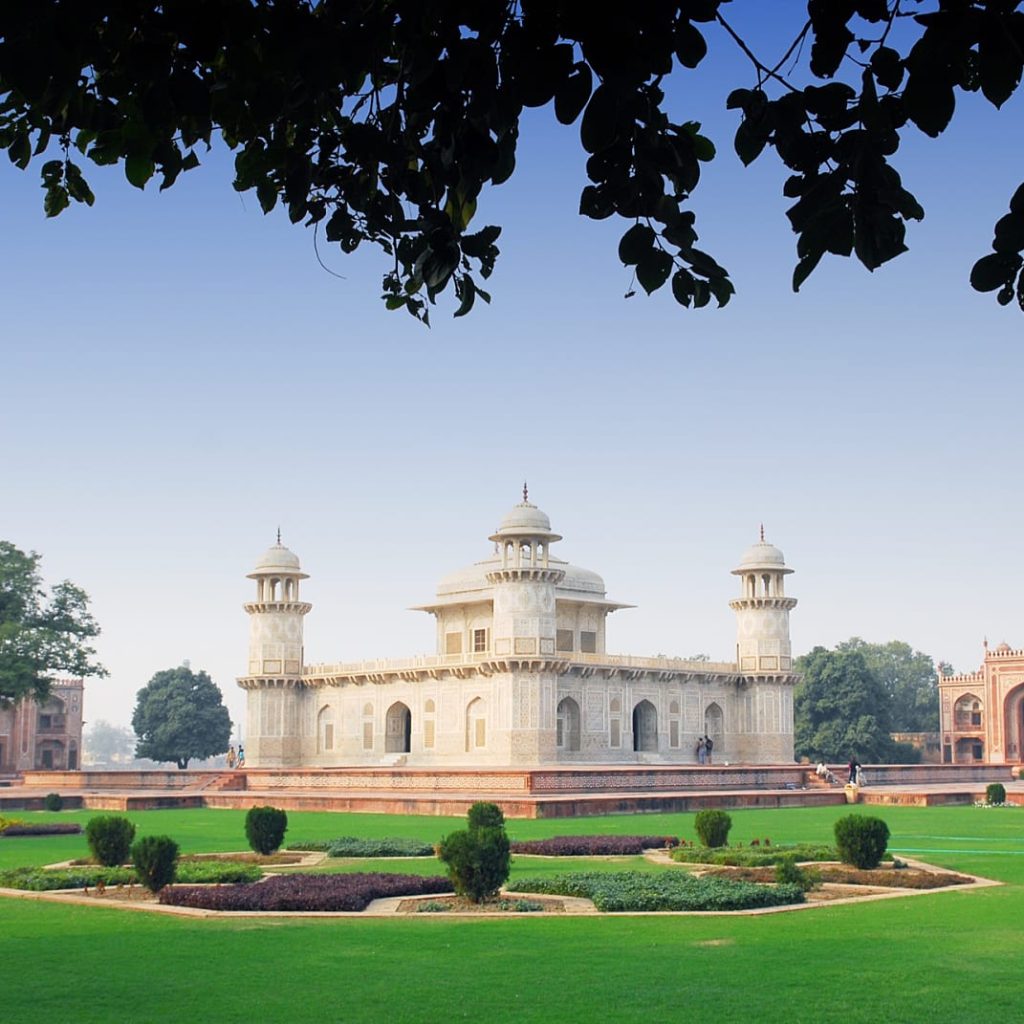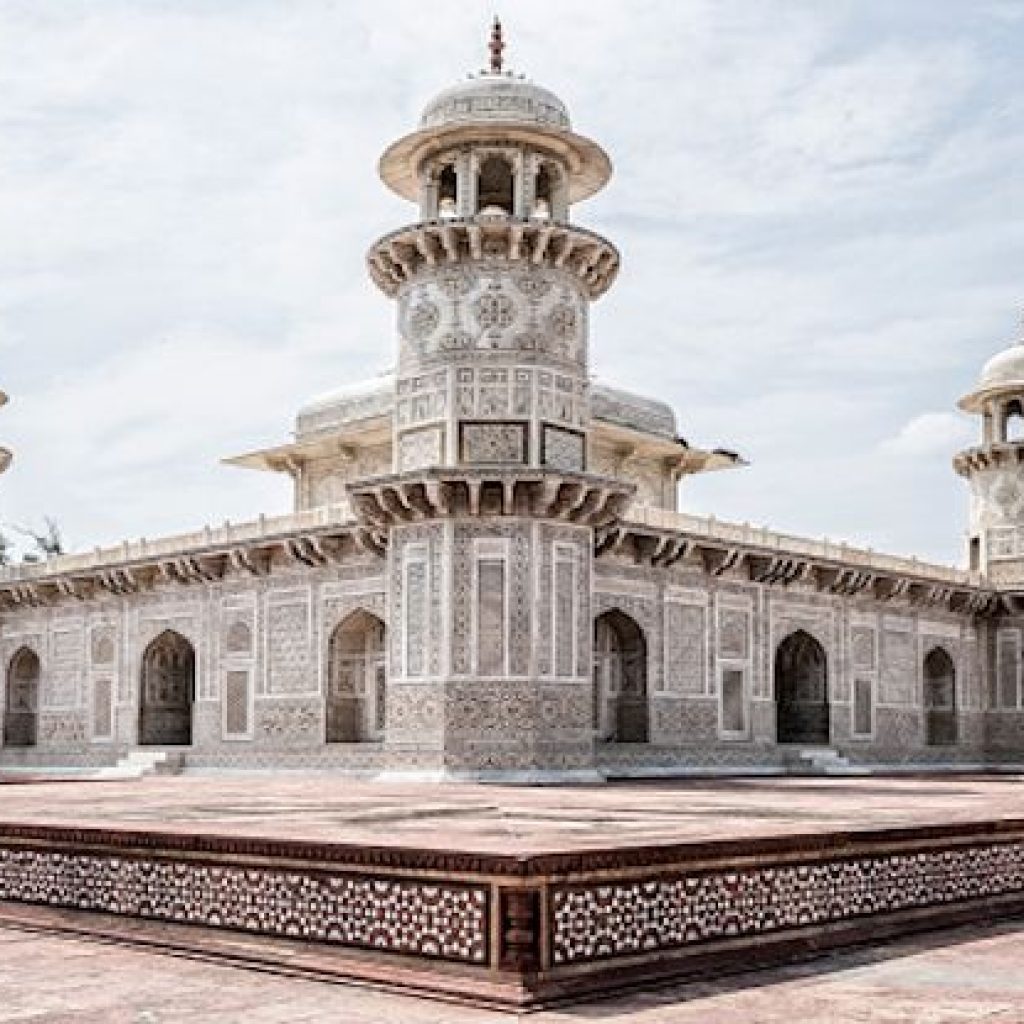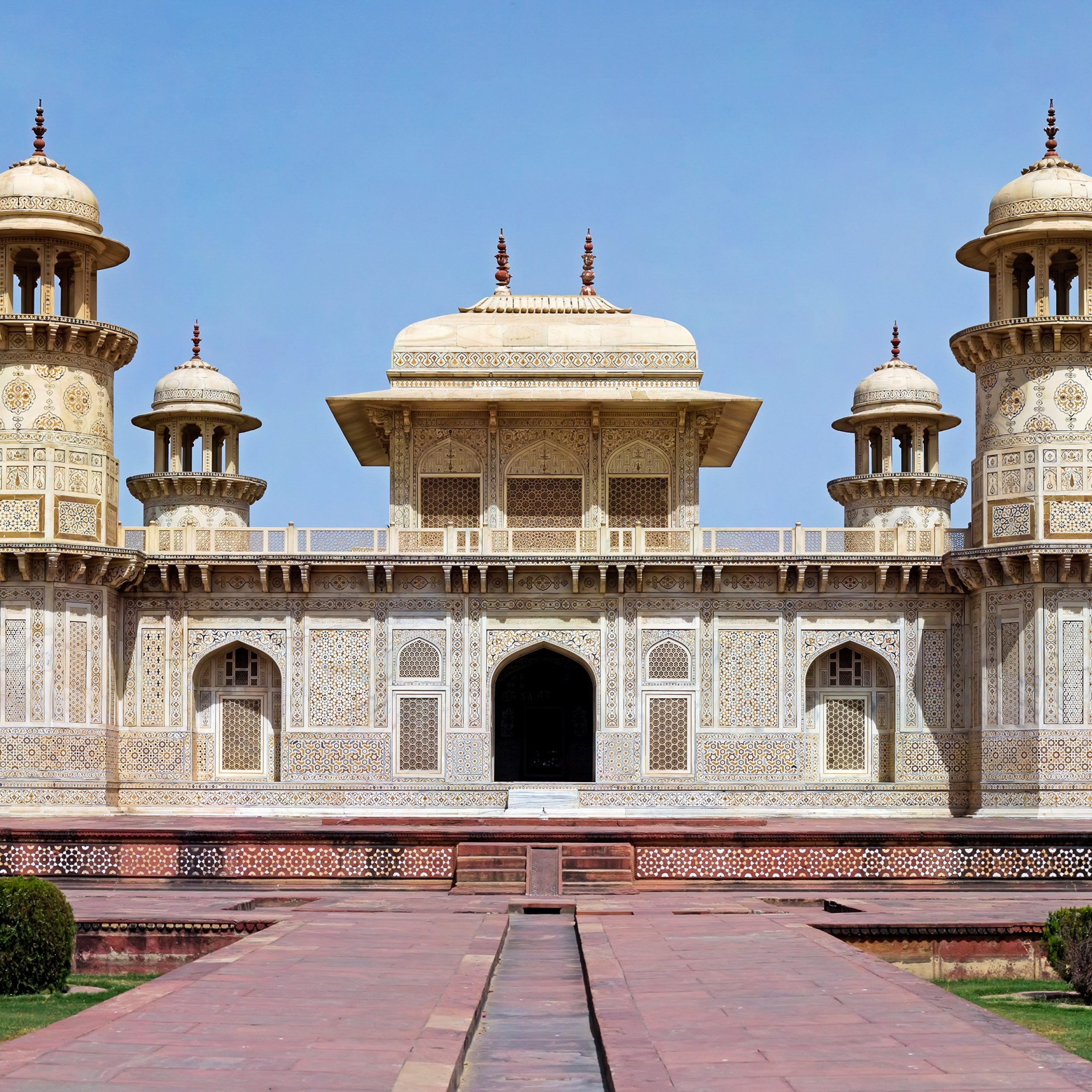Synopsis
Discover the timeless beauty and historical significance of the Tomb of Itimad-ud-Daulah in Agra, India, through this comprehensive guide. Commissioned by Empress Nur Jahan in honor of her father, Mirza Ghiyas Beg, this architectural marvel is often referred to as the “Jewel Box” or the “Baby Taj.” Built between 1622 and 1628, the tomb showcases a seamless blend of Persian and Indian architectural styles, marking a transition from red sandstone to white marble structures.
Surrounded by lush Charbagh-style gardens, the mausoleum exudes serenity and tranquility, offering visitors a peaceful retreat amidst the bustling city life. Practical information for visitors, including location, timing, and entrance fees, is provided to facilitate a memorable exploration of this historical landmark.
The blog also addresses frequently asked questions, covering topics such as the significance of the tomb, opening hours, entrance fees, and transportation options from Agra city. Readers are invited to embark on a journey of discovery and enlightenment as they explore the rich cultural heritage and architectural grandeur of Itimad-ud-Daulah’s Tomb.
Tomb of Itimad-ud-Daulah
Nestled along the picturesque banks of the Yamuna River in the historic city of Agra, the Tomb of Itimad-ud-Daulah stands as a testament to the architectural brilliance of the Mughal era. Often referred to as the “Jewel Box” or the “Baby Taj,” this magnificent mausoleum is a hidden gem waiting to be discovered by travelers from around the world. In this detailed guide, we embark on a journey to unravel the secrets and splendor of Itimad-ud-Daulah’s Tomb, delving into its rich history, architectural marvels, significance, and practical information for visitors.

History of Itimad-ud-Daulah’s Tomb
According to legend, Mir Gheyas Beg, also known as Itimad-ud-Daulah, was a Persian nobleman who embarked on a journey to India with his wife, Asmat Begum. During their visit to the court of Emperor Akbar, Mir Beg caught the attention of the emperor and eventually became a trusted minister and treasurer in his court. Jahangir, Akbar’s successor, honored him with the title of Itimad-ud-Daulah and also married his daughter, Nur Jahan.
In 1622, Nur Jahan commissioned the construction of a mausoleum in memory of her father. This monumental task took six years to complete, and upon its completion in 1628. The Tomb of Itimad-ud-Daulah became the first Mughal structure in India to be entirely constructed of white marble.
The mausoleum is a testament to the refined character of Mir Gheyas Beg and showcases the artistic talents of Nur Jahan, who wielded significant influence over the Mughal Empire during her reign.
Architectural Marvels of Itimad-ud-Daulah’s Tomb
The Tomb of Itimad-ud-Daulah represents a harmonious blend of Persian and Indian architectural elements. Showcasing a transition from red sandstone to white marble structures. The main mausoleum, built entirely of pristine white marble, stands as a symbol of elegance and sophistication. Adorned with delicate Pietra Dura work, the walls of the tomb feature intricate floral patterns and semi-precious stone inlays. Reminiscent of the opulence of the Mughal era.
Tomb of I’timād-ud-Daulah / Baby Taj Agra Timings
Itimad-ud-Daulah opening hours
| Day | Timing |
|---|---|
| Monday | 6:00 am – 6:00 pm |
| Tuesday | 6:00 am – 6:00 pm |
| Wednesday | 6:00 am – 6:00 pm |
| Thursday | 6:00 am – 6:00 pm |
| Friday | 6:00 am – 6:00 pm |
| Saturday | 6:00 am – 6:00 pm |
| Sunday | 6:00 am – 6:00 pm |
Note: Tomb of I’timād-ud-Daulah / Baby Taj Agra is open from Sunrise to sunset
Serenity Amidst Lush Gardens
Surrounded by lush Charbagh-style gardens, the Tomb of Itimad-ud-Daulah exudes tranquility and serenity. The meticulously laid out gardens, criss-crossed by water courses and walkways, offer a peaceful retreat from the bustling city life. Visitors can stroll through the verdant pathways, admire the vibrant flowers, and immerse themselves in the beauty of nature while exploring this architectural masterpiece.

Practical Information for Visitors
- Location: The Tomb of Itimad-ud-Daulah is situated on the eastern bank of the Yamuna River in Agra, Uttar Pradesh, India.
- Timing: Open from sunrise to sunset every day of the week.
- Entrance Fee:
- Indian nationals and visitors from SAARC/BIMSTEC countries: Rs. 30 per head.
- Foreign tourists: Rs. 310 per head.
- How to Reach: Travelers can reach the tomb via buses, auto-rickshaws, taxis, or hired vehicles from Agra city. The tomb is approximately 8 km away from the city center.
Ideal Time to Visit Tomb of I’timād-ud-Daulah
The best time to explore the tomb is during the winter season, which spans from November to February. Agra experiences pleasant weather during these months, making it ideal for sightseeing. For the most enjoyable experience, consider visiting early in the morning, shortly after sunrise, or in the evening during sunset.

Duration for Exploring Tomb of I’timād-ud-Daulah
Plan to spend around one to two hours exploring the Tomb of Itimad-ud-Daulah. Besides the main tomb, which commemorates Itimad-ud-Daulah, or Mir Geiyas Beg, the site also features cenotaphs of other individuals. Take your time to admire the intricate architecture and explore the various chambers. You may also want to spend some time by the nearby river for self-reflection.
How to Reach I’timād-ud-Daulah’s Tomb
The Tomb of Itimad-ud-Daulah is conveniently located close to the city center. It is approximately 8 km from the Idgah bus stand and 9 km from the Agra Cantt railway station. If you’re arriving by air, the Agra airport is just 11 km away. For international travelers, the nearest international airport is in Delhi, around 213 km from Agra.
Here are the various transportation options to reach the tomb:
By Bus: Buses are available to transport visitors to the tomb. The nearest bus stop is in Belanganj, approximately 2 km away. Upon arrival, you can easily find auto-rickshaws and e-rickshaws to take you to the tomb.
By Auto/E-Rickshaw: Auto rickshaws, cycle rickshaws, and e-rickshaws are readily available within the city. You can hire one of these for your visit to the tomb.
By Cab/Taxi: Opting for a private cab or taxi is the most convenient way to reach the Tomb of Itimad-ud-Daulah. These can be easily booked from leading car rental companies in Agra, allowing you to explore the tomb and other nearby attractions with-ease.
FAQs About Itimad-ud-Daulah’s Tomb
The tomb was commission by Empress Nur Jahan, the wife of Mughal Emperor Jahangir, in memory of her father, Mirza Ghiyas Beg.
It serves as a memorial to Mirza Ghiyas Beg and showcases the architectural transition from red sandstone to white marble in Mughal architecture.
The tomb is open to visitors from sunrise to sunset every day.
The entrance fee is Rs. 30 for Indian nationals and Rs. 310 for foreign tourists.
Visitors can reach the tomb via buses, auto-rickshaws, taxis, or hired vehicles from the city center.
Conclusion
The Tomb of Itimad-ud-Daulah stands as a shining example of Mughal architectural brilliance, offering a glimpse into the rich cultural heritage of India. From its exquisite marble façade to its serene garden surroundings, the tomb captivates the hearts and minds of all who visit. As you explore this architectural marvel, you are transported back in time to an era of grandeur and opulence, where artistry and craftsmanship flourished. Itimad-ud-Daulah’s Tomb truly deserves its place as a cherished gem of Agra, inviting travelers to embark on a journey of discovery and enlightenment.
Summary
Explore the fascinating history and stunning architecture of the Tomb of Itimad-ud-Daulah, located in Agra, India. Built between 1622 and 1628, this beautiful mausoleum was commissioned by Empress Nur Jahan in memory of her father, Mirza Ghiyas Beg. Known as the “Jewel Box” or the “Baby Taj,” it blends Persian and Indian styles seamlessly. Surrounded by peaceful gardens, it’s a perfect escape from the city. Learn about its history and practical details for visiting, and get ready to discover its beauty and significance firsthand.


0 Comment